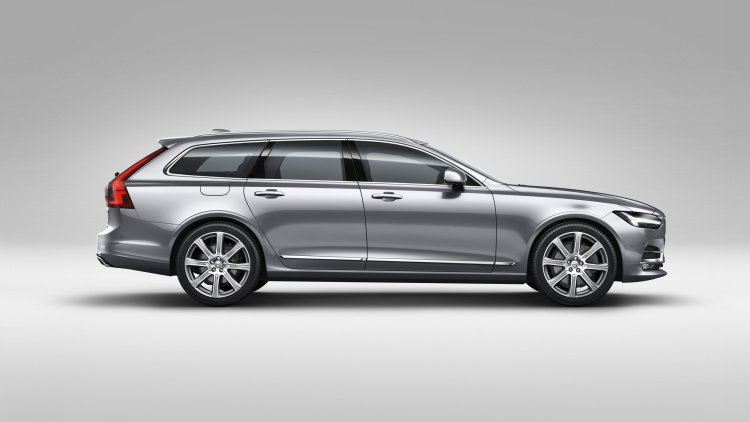The V60 is attractive, and the V40 will play in the ever-popular small crossover segment, but the larger V90 shows Volvo is again serious about station wagons as part of its identity and its bottom line.
Volvo didn't even make true wagons for a while as it transitioned from being a ward of Ford to ownership by Geely. Then Volvo had to transform itself into a modern automaker, and that meant focusing on crossovers and sedans. The V60's return for 2014 was welcomed, but we had to wait for the big one.
The 2018 V90 is based on Volvo's Scalable Product Architecture. The three-row XC90 SUV was the first Volvo built on these underpinnings and arguably the most important. With fuel prices low and the demand for function high, big utes are what consumers sought – especially in America. The S90 sedan was also critical. This is Volvo's new flagship, and it needs this upcoming product to reestablish credibility as a luxury brand.
Along the way, Volvo announced profit projections and ambitious plans for a factory in South Carolina. A company that seemed on the brink after being cast out by Ford suddenly had new life, mojo even. Still, there was a hole in the product lineup and cultural fiber that needed filling. The V90 does that.
Set to arrive in 2017, it will offer a plug-in hybrid system making about 400 horsepower, semi-autonomous driving technology, and top-shelf connectivity features. Yes, they're available in other Volvos, but the V90 shows the company can do all off this and remain true to its identity as a wagon maker.
Related News

